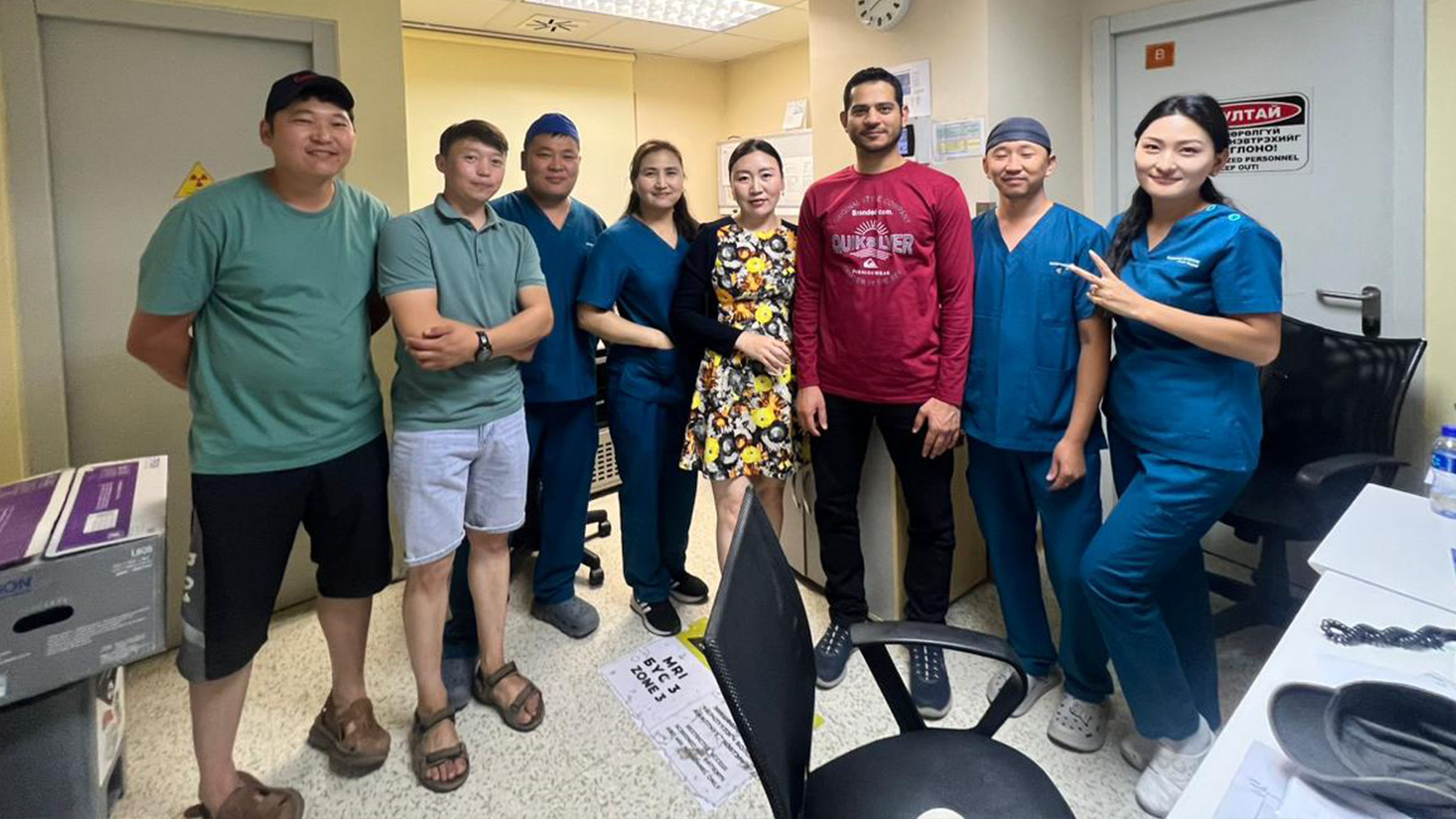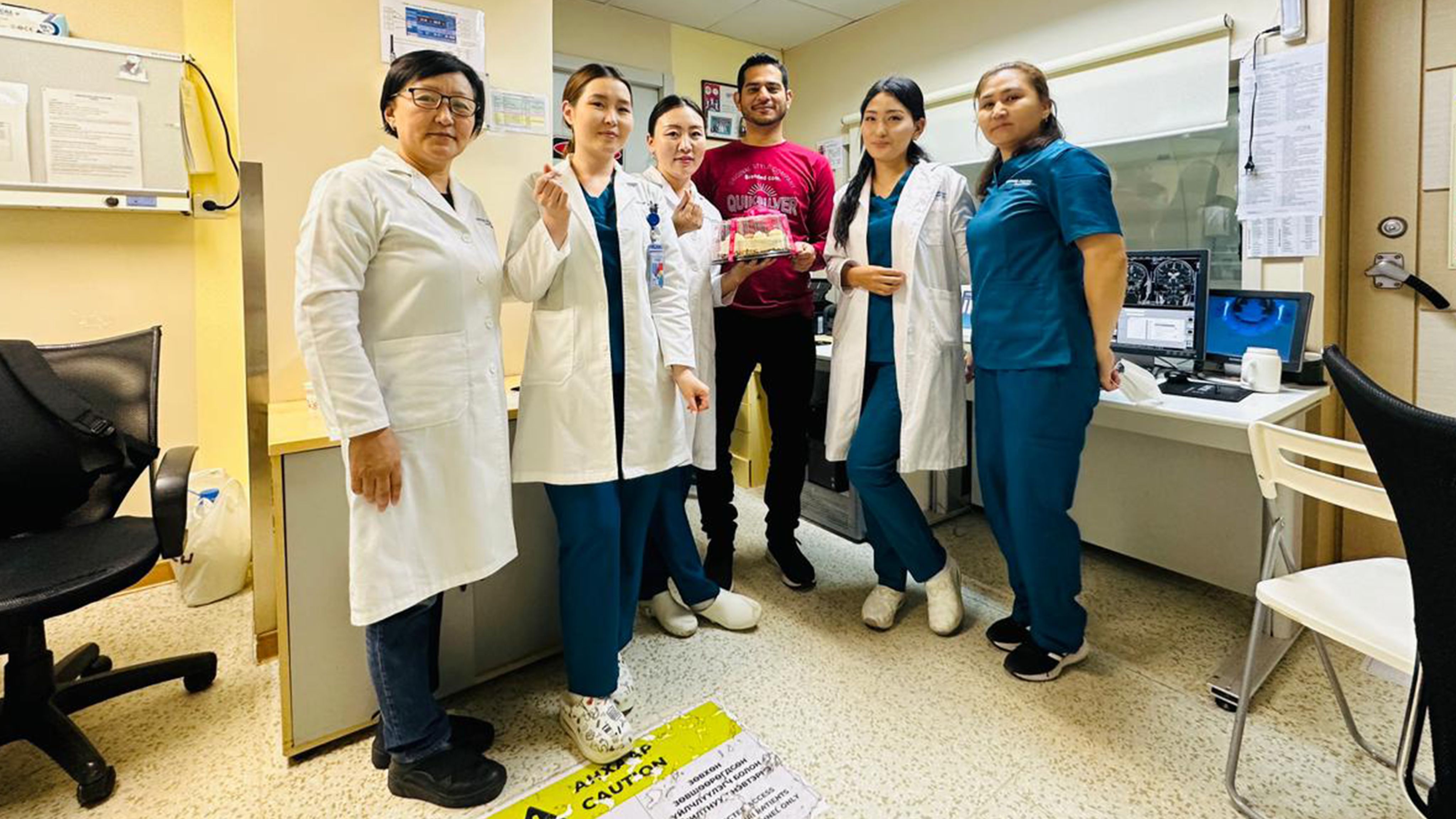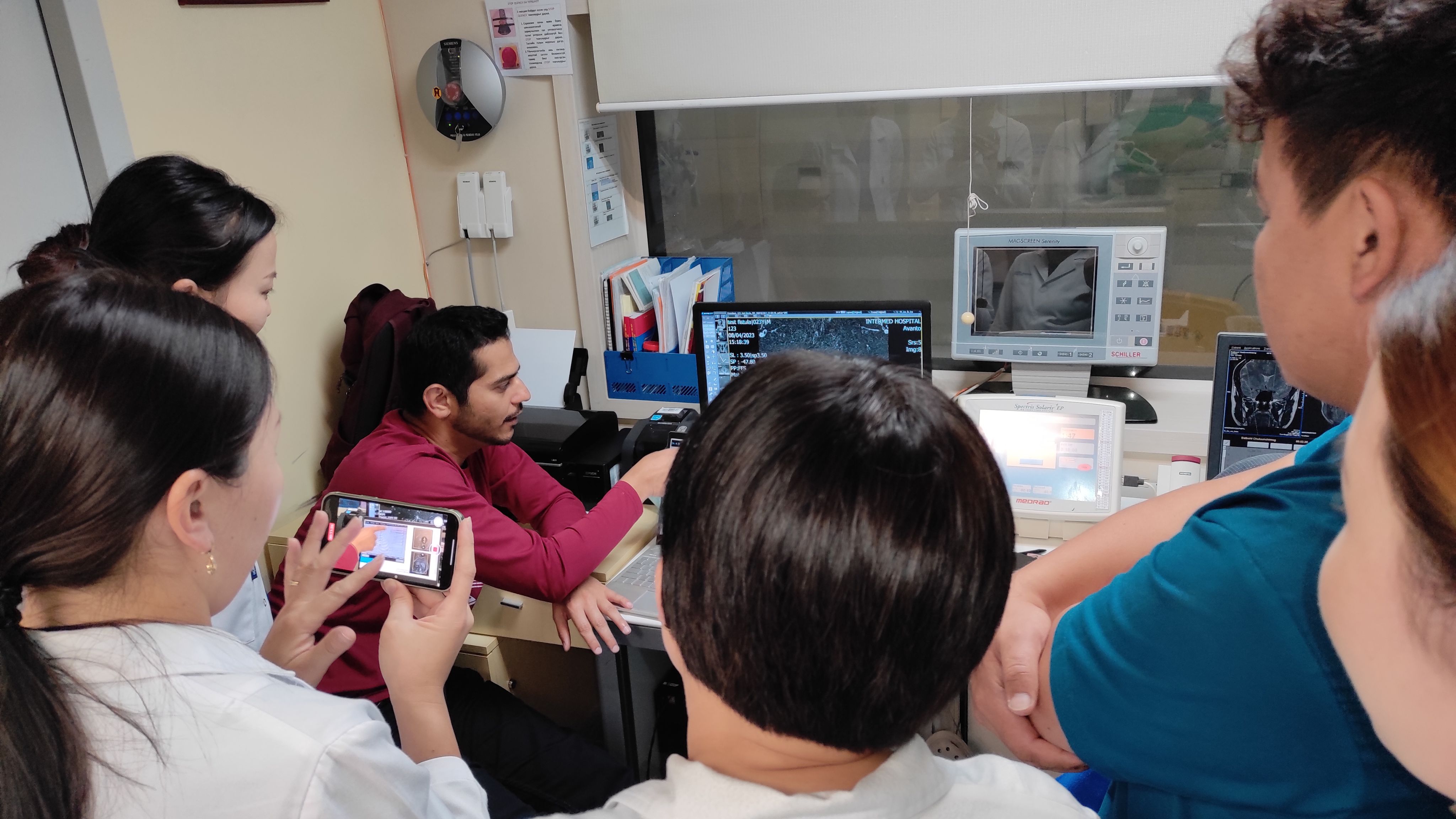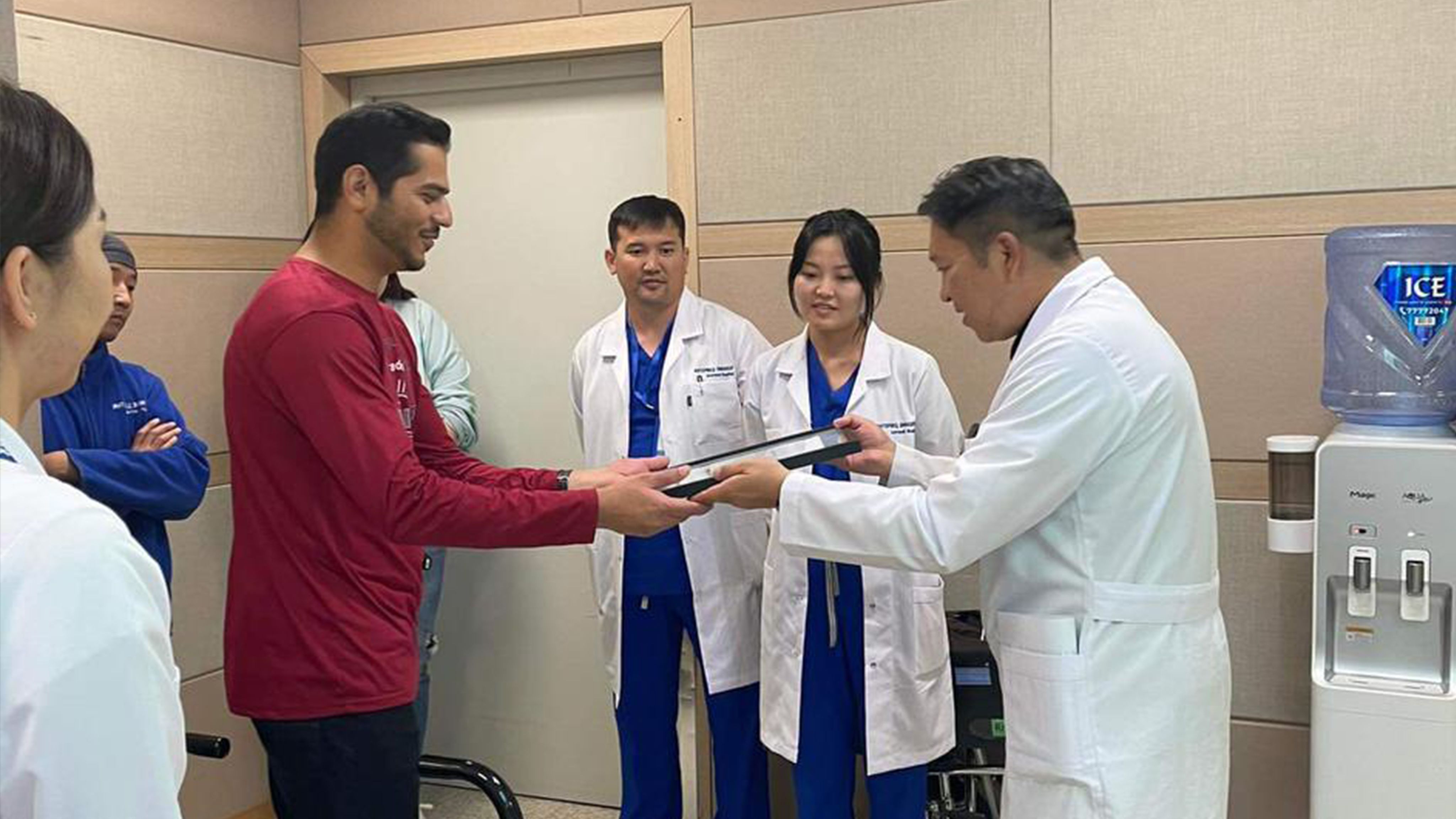From
Manchester
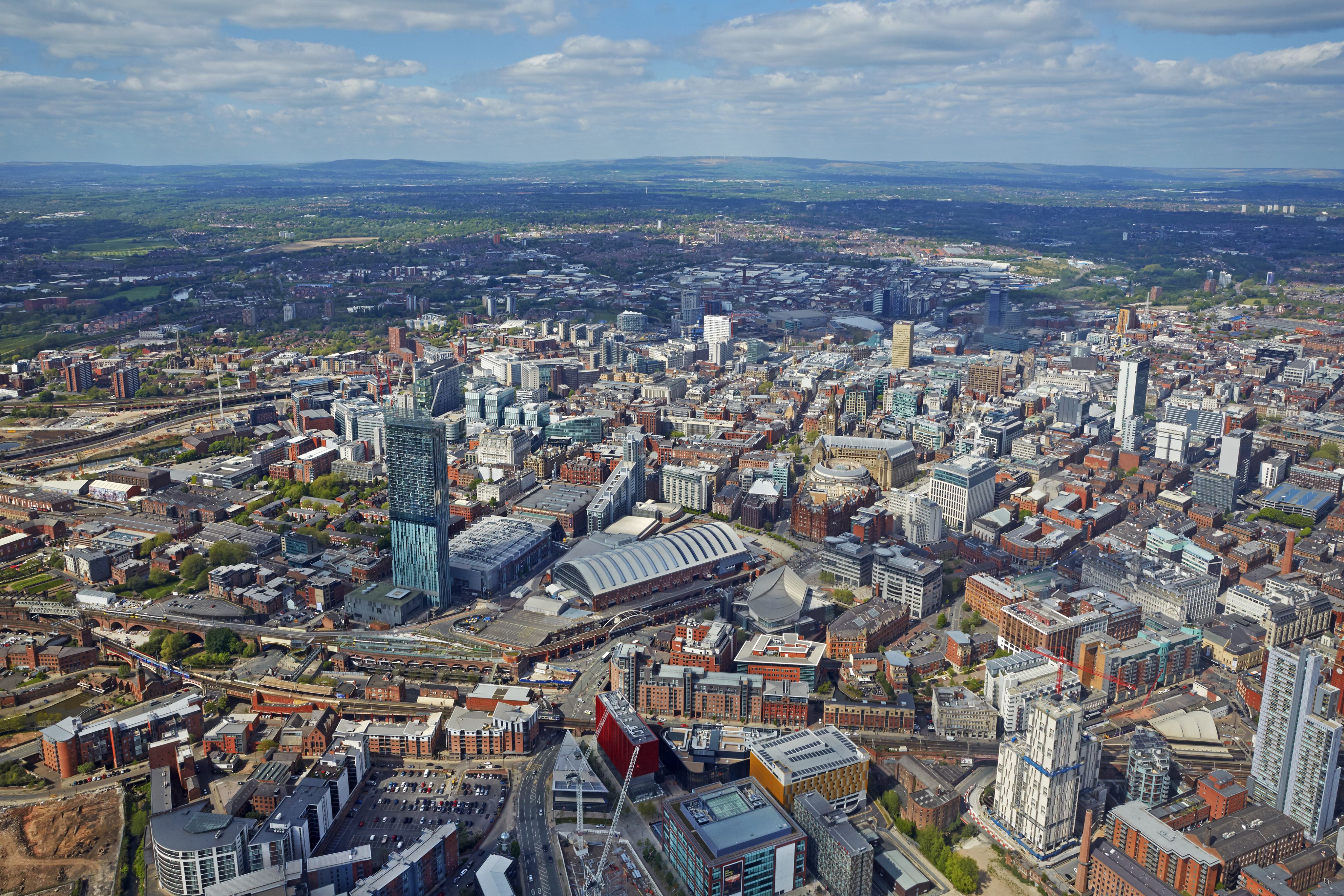
to
Mongolia
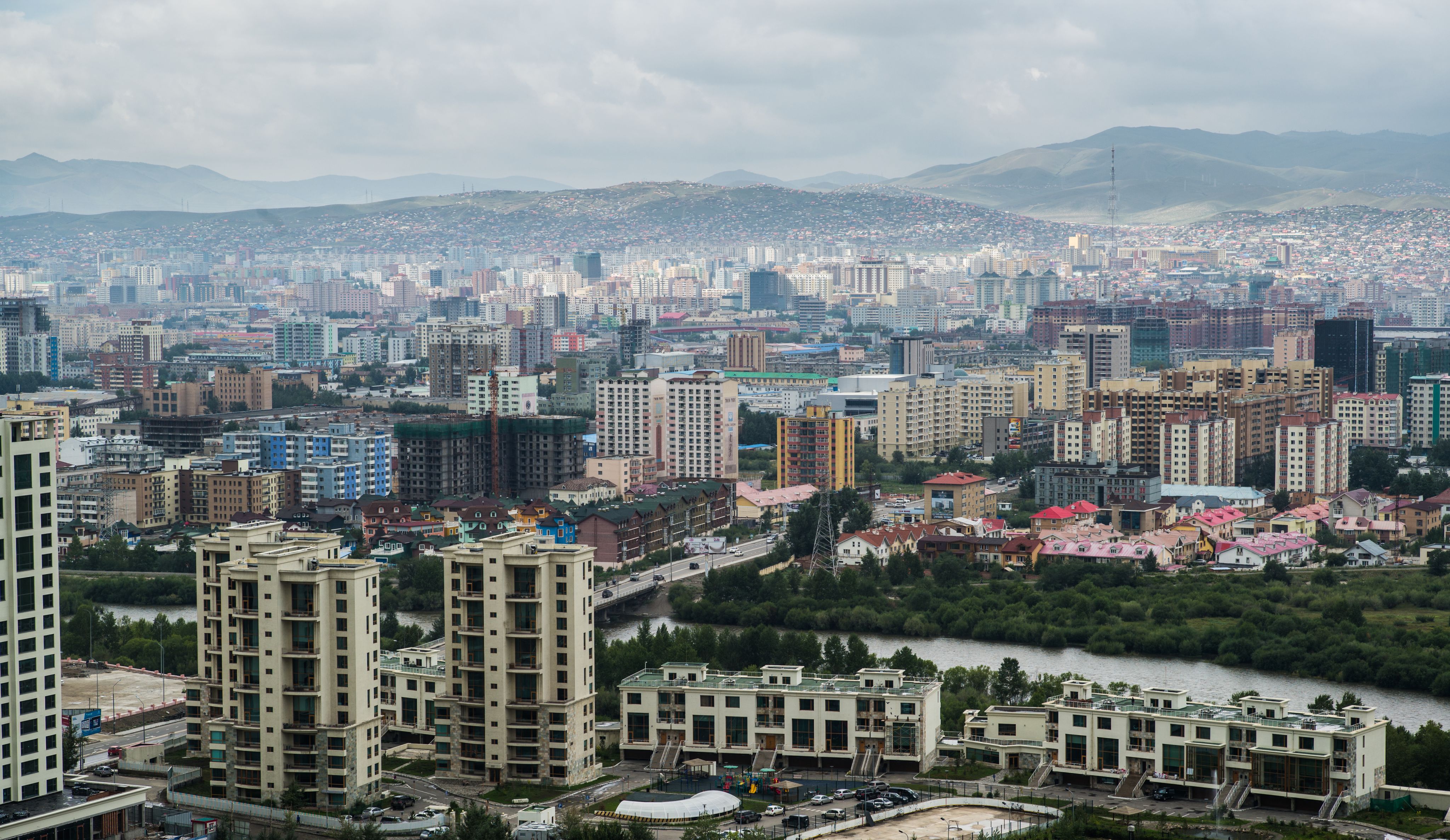
Professional
An equal exchange
Earlier this year, Haider Ali travelled to Mongolia as part of an international radiography outreach programme, and here shares his experiences with Synergy
Haider Ali (red top) with the team in Mongolia
Haider Ali (red top) with the team in Mongolia
While the UK’s health service is ranked among the best in the world, there is still plenty that can be learned from other nations.
International collaboration is an important part of knowledge sharing in health, and RAD-AID was established to combine that essential global outreach with radiography. Founded in 2008, it’s a non-profit organisation that strives to share radiology expertise, equipment, and infrastructure with other nations.
Earlier this year Haider Ali, a diagnostic radiographer based in Manchester, travelled to Mongolia, bordered by China and Russia, to take part in one of RAD-AID’s excursions to exchange knowledge around MRI scanning.
RAD-AID's work is supported by the College of Radiographers, through the Overseas Placement Fund, which supports radiography placements in developing countries.
Giving back
In recent years, Mongolia has received a donation of CT and MRI scanners from South Korea but staff had been waiting for training on MRI scans and specifically cardiac scans.
Having seen an advert for the opportunity on the RAD-AID website, Haider volunteered his time, and in late July found himself on his way to Mongolia for a two-week trip to share his experience at the Intermed Hospital in the capital city of Ulaanbaatar, with a population of 1.4m.
“The first thing was to help”, said Haider. “I’ve been very privileged to have trained over here in this country with very good people, so I just wanted to give that back.”
Mongolia's rural and remote areas face significant challenges in accessing quality healthcare services, including radiology, and RAD-AID’s work in the country has focused on bridging the gap between urban and rural areas.
While Haider, who trained in Pakistan before moving to the UK, was able to share his knowledge, an important part of the RAD-AID programme is an equal exchange between the two nations and there was plenty to take away: “The guys in Mongolia have not had any formal training or education, but they’re very eager to learn.
“I thought it would be a perfect opportunity for myself to learn, and to be able to share my knowledge. It’s important to learn how in underdeveloped countries, where equipment and logistics can be such a big problem, they’re still able to provide good clinical imaging facilities.
“Mongolia is a very good example of this, because the hospital I was in, they’re really very up to speed. Their healthcare system was very good.”
Outpatient care
Haider said he was particularly impressed by the outpatient services he saw. Using a one-stop clinic system, patients would see a clinician who would send them straight for imaging if needed. The radiologist would report the imaging immediately, and the patient would return to the outpatient clinic for follow-up. This means that the patient is given all the answers within a single day - particularly important for cancer treatment, as Mongolia has the highest rates of hepatocellular carcinoma in the world.
During his work, Haider’s first responsibility was to train hospital staff on cardiac scans, and ensure that cardiac protocols were effective. But it quickly became clear that the equipment available was not good enough to obtain the full range of cardiac images that are usually taken in the UK. So instead he helped update the protocols and made sure the scanner was capable of producing quality images, ran sessions on how cardiac screening works, and then developed protocols for other scans.
A caring people
On his time with the Mongolian healthcare staff, Haider said: “They were really professional, were very hospitable, and respecting of every person regardless of age. They just wanted to learn, ask questions, make notes, record videos, and acquire some knowledge.”
After returning to the UK in August, Haider is now preparing a presentation on basic MRI safety and plans to continue sharing knowledge remotely with the team in Mongolia.
Personal development
So what are the wider benefits for radiographers, and why should other radiographers consider getting involved with RAD-AID?
“I think it’s a really good opportunity,” said Haider, who is now considering working with RAD-AID in other regions. “You learn a lot, and because you have to teach you have to keep yourself up to speed. You also meet really good people. I never would have thought of going on holiday to Mongolia but I found I really want to go there again. It’s such a beautiful place. You meet different people and experience different cultures.”
What is RAD-AID?
RAD-AID is a non-profit organisation that focuses on increasing and improving radiology resources in medically underserved regions worldwide. The organisation’s mission is to optimise access to medical imaging and radiology services in low and middle-income countries.
The core areas of RAD-AID’s work includes radiology infrastructure development, education and training, teleradiology for remote interpretation of medical images, community health initiatives, and research and advocacy for the importance of radiology in global healthcare.
Getting involved
Volunteer opportunities: Volunteers can participate in medical missions, provide teleradiology consultations, or assist in educational programmes.
Sponsorship: Radiographers working for radiology companies and equipment manufacturers can explore opportunities for collaboration.
Advocacy: Radiographers can raise awareness about RAD-AID’s mission and the importance of global radiology initiatives.
Joining chapters: RAD-AID has local chapters at institutions and universities, and radiographers can join or establish these chapters to facilitate fundraising and support.
Find out more...
To find out more about influencing the development of radiography globally and how you can get involved, visit the College of Radiographers Overseas Placement Fund, and the RAD-AID website.
Check out the Synergy article on reporting radiographer Leah Fenning’s work in Africa as part of the Gulu Diagnostic Imaging Project, run by Health Education England.
Image credits:
Allan Baxter / The Image Bank/ Getty Images
Nick Rains/ Corbis Documentary/ Getty Images


